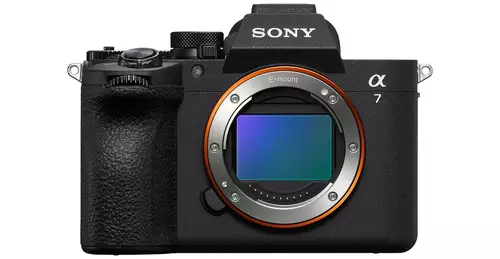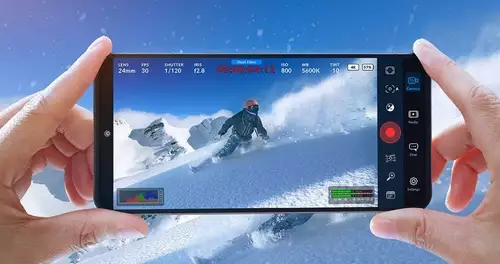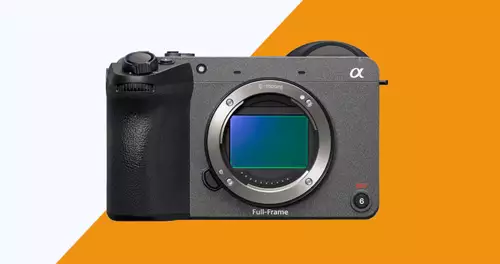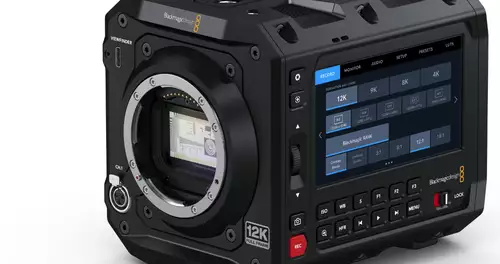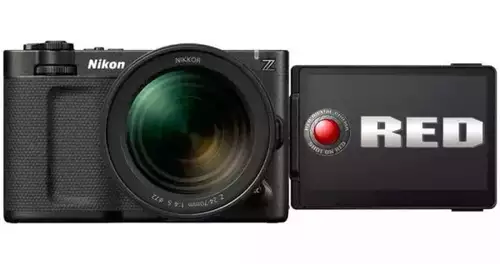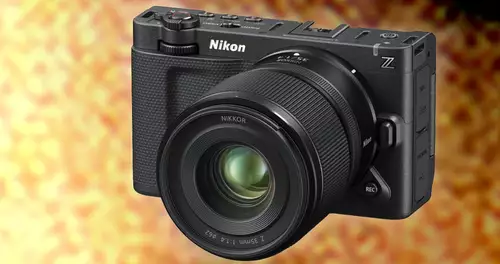Frage von mangogerry:Hi everyone,
I published this initially only in the liftgammagain forum but I think it could also be useful to people here on slashcam. I had a little too much free time and tried to organize the Resolve Standard Candle Benchmark data that has been published over the years on liftgammagain.
Resolve Candle Benchmark google data studio visualizations
Resolve Candle Benchmark google data sheets database
The tables and charts in the google data studio document are fed by the google sheets database (which is not for viewing, sorting or changing data, only for putting in new results).
There are 14 pages of charts and tables that let you look at the data in many ways. You can change pages in the upper left.
The database cointains all Resolve Standard Candle Benchmark results published in the liftgammagain forum, given, they were published with enough relevant data points.
Since there were two dominant ways to perform the benchmark, capped by 24fps and unlimited, I had to think of a meaningful way of sorting/ranking. Most charts and tables are sorted by a rank that is basically a sorting first by Resolve Candle Benchmark Score (RCB Score, RCB) and then by Resolve Candle Benchmark unlimited Score (RBC ultd.). RCB Score or RCB and RBC ultd. are calculated by adding all single datapoints (fps), i.e. for RCB results for 9Bl, 18Bl, 30Bl, 66Bl, 1TNR, 2TNR, 4TNR, 6TNR all added together.
Besides the filter buttons many of the charts and tables are interactive. You can change the sorting and also select single datapoints or groups of datapoints. To select several data points, click and hold Ctrl. Whenever a value is calculated between various datapoints, median is the chosen method.
This comes a little late as the test itself has grown quite old and might in it's current state not be the best way to evaluate the performance of a modern system, with modern types of workloads. But a database like the one that this charts and tables are based on and the examples of visualization in this document can be adapted to other benchmarks. When someone on the forum suggested to use a database system to collect the benchmark data, I became interested and understood that it's the only really meaningful way to gather and share the data. Also, as could be seen in the data published, a common set of datapoints that have to be provided makes sense to get the most out of the data. Which, in the end, can be useful to everybody, to make an investment decision or to compare one's system performance, check for bottlenecks, driver problems, best settings.
I would love for people to input their results into the database from now on to make it easily accessible and usable for everyone. The first table it used for inputting new records, the others have other purposes and should not need to be changed. Except, if you don't find your CPU, GPU or OS in the drop down list for that datapoint, please add it to the corresponding table (cpu list, gpu list, os list) and it will appear in the drop down list on the main table. Please use common sense to find out, how the naming convention works:)
Please make sure that the performance mode and caching in Resolve is turned off and if you want to participate in the RCB unlimited results in a meaningful way, make sure that your fps are not capped by your timeline settings or your monitor etc. I think it would make sense to not turn off scopes or external output, stuff that you wouldn't turn off yourself while working. The data in the tables and charts gets synchronized with the underlaying database every 15min.
zum Bild
Antwort von mangogerry:
The Resolve Standard Candle benchmark is developed by
Sascha Haber.
Project File Download and Instructions are available here:
www.carousel.hu/standardcandle/
Video File Used in the Benchmark Project is available here:
Tutorial - Tracking.mov
(Close the DropBox signup window if you don't see the link.)

